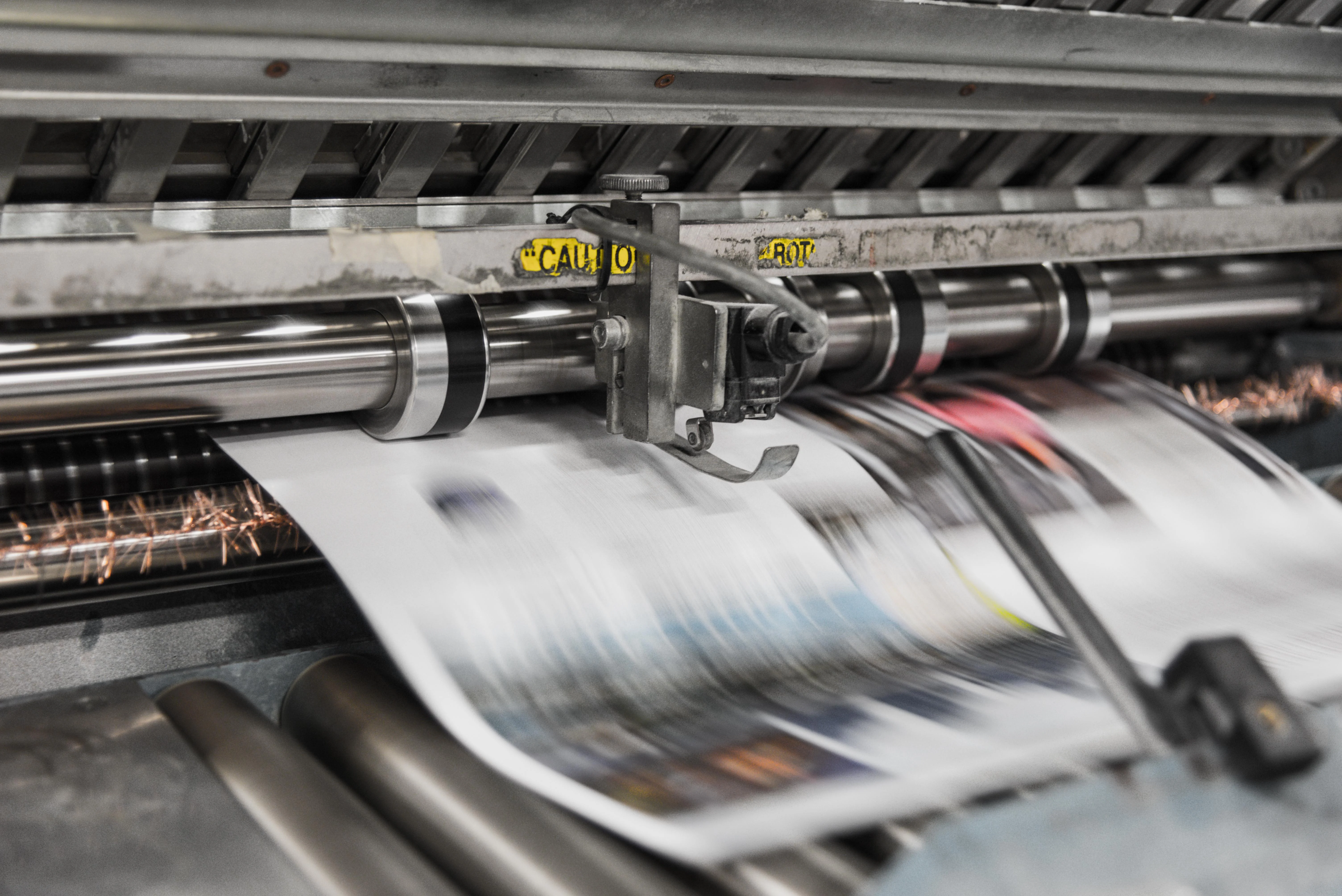
What Does the Yellow Heart Mean on Snapchat?
Learn what the yellow heart on Snapchat means, and how to get one for yourself in this guide.


Resizing images for print media is a crucial step in ensuring high-quality output. When preparing images for print, it's essential to resize them to the appropriate dimensions and resolution to maintain sharpness and clarity. Printers typically require higher resolutions than digital displays to achieve optimal results. By resizing images specifically for print, you can avoid issues such as pixelation or blurriness caused by scaling up low-resolution images. It ensures that the final printed materials, such as brochures, flyers, or posters, have crisp details and vibrant colors.
To achieve the best results, consider the intended size of the printed material. Different print formats may have specific size requirements, and resizing images accordingly helps maintain the aspect ratio and prevent distortion. Additionally, be mindful of the print medium's capabilities and limitations. For example, large-scale prints may require higher resolutions, while smaller prints can tolerate slightly lower resolutions. By understanding the importance of image resizing for print media, you can enhance the overall quality and impact of your printed materials.
When preparing images for print resizing, it's crucial to follow best practices to achieve optimal results. Start by working with high-resolution source images whenever possible. These images contain more detail, allowing for better quality when resizing. Always make a backup copy of the original image to preserve its integrity. Before resizing, perform any necessary image editing tasks, such as adjusting brightness, contrast, or color balance.
When it comes to resizing, use professional image editing software like Adobe Photoshop, which provides advanced resizing algorithms and precise control over the process. Avoid resizing images in a non-destructive manner, as it may lead to loss of quality. Instead, make a copy of the image and resize the duplicate to retain the original untouched.
Maintaining the correct aspect ratio is crucial for print resizing. Ensure that the image's proportions are preserved when resizing by locking the aspect ratio or using proportional scaling. This prevents distortion and unnatural stretching of the image. Additionally, choose the appropriate interpolation method for resizing, such as bicubic or Lanczos, to preserve details and minimize artifacts.
Understanding the relationship between DPI (dots per inch) and PPI (pixels per inch) is essential for print image resizing. DPI refers to the number of ink dots a printer can produce in a linear inch, while PPI represents the number of pixels present in a digital image per linear inch. Both concepts are interconnected when it comes to resizing images for print.
To determine the optimal resolution for print resizing, you need to consider the intended viewing distance and the printing capabilities of the output device. Typically, for high-quality print materials viewed up close, a resolution of 300 DPI is recommended. This resolution ensures that the printed image appears sharp and detailed.
When resizing images for print, you need to calculate the appropriate dimensions based on the desired output size and the target DPI. For example, if you want to print an image at 8 inches by 10 inches with a resolution of 300 DPI, you would need to resize the image to 2400 pixels by 3000 pixels (8 inches multiplied by 300 DPI and 10 inches multiplied by 300 DPI).
By demystifying the relationship between DPI and PPI, you can accurately resize images for print and ensure that they are rendered at the intended quality level for the desired output size.
When resizing images for print, it's crucial to optimize the image resolution to achieve the best possible quality. Here are some tips to help you optimize image resolution without sacrificing quality:
By following these optimization techniques, you can resize images for print while maintaining excellent resolution and preserving image quality.
Resizing images for print materials can sometimes lead to common pitfalls that can affect the quality and appearance of the final printed output. To ensure a smooth resizing process, it's important to be aware of these pitfalls and avoid them. Here are some common pitfalls to watch out for:
By avoiding these common pitfalls, you can ensure that your resized images for print materials maintain high quality and produce visually appealing results.
Color modes and profiles play a crucial role in print image resizing to ensure accurate color reproduction. When resizing images for print, it's important to consider the appropriate color mode and use the correct color profile. Let's explore this further:
Color Modes: The two primary color modes for print are RGB (Red, Green, Blue) and CMYK (Cyan, Magenta, Yellow, Black). RGB is commonly used for digital displays, while CMYK is the standard for print. When resizing images for print, it's essential to convert the color mode to CMYK to ensure the colors appear as intended in the final printed output. Most professional image editing software, like Adobe Photoshop, provide options to convert the color mode easily.
Color Profiles: Color profiles define how colors are interpreted and displayed in different devices and printing processes. Profiles ensure consistency across various devices, such as monitors and printers. When resizing images for print, it's crucial to embed the appropriate color profile. Common color profiles for print include "sRGB IEC61966-2.1" for web-to-print projects and specific profiles recommended by print service providers. Embedding the correct color profile ensures accurate color representation and avoids unexpected color shifts during resizing and printing.
By considering the appropriate color mode (CMYK) and using the correct color profiles, you can ensure accurate color reproduction and maintain color consistency when resizing images for print.
Accurately resizing images for print projects requires reliable tools and software that provide precise control over the resizing process. Here are some popular options to consider:
When resizing images for professional printing services, it's important to follow certain tips and recommendations to ensure the best possible results. Here are some key points to consider:
By following these tips and recommendations when resizing images for professional printing services, you can ensure that your prints meet the desired quality standards and accurately represent your intended design.
When working on multi-page print layouts such as magazines or booklets, achieving consistency in image sizing is crucial to maintain a cohesive visual experience. Here are some tips to help you achieve consistent image sizing:
By following these practices, you can achieve consistent image sizing in multi-page print layouts, resulting in a polished and cohesive design.
In conclusion, image resizing plays a crucial role in preparing images for print media. By understanding the importance of image resizing, following best practices, and utilizing the right tools and techniques, you can achieve high-quality prints with accurate colors, sharp details, and consistent visual appeal.
Discover the latest expert tips and tricks on mastering social media strategies, honing your photing editing skills, and unleashing your creativity

Learn what the yellow heart on Snapchat means, and how to get one for yourself in this guide.

Learn how to resize images in Adobe Lightroom effortlessly with this comprehensive guide. Perfect for photographers looking to optimize their workflow.

Easily learn how to post YouTube clips on Instagram with this step-by-step guide. Optimize your content with Instasize for a seamless experience.

Learn how to un repost on TikTok with these easy steps. Fix your posts quickly using our step-by-step guide and discover handy tips.

Learn how to sell on Instagram without a website by leveraging effective tips and tools. Maximize your sales potential with easy strategies and the right features.

Discover the ultimate guide on how to sell on TikTok Shop with step-by-step instructions and tips for maximizing sales and visibility on the platform.

Everything you need to make your photos stand out with our free photo editing tools